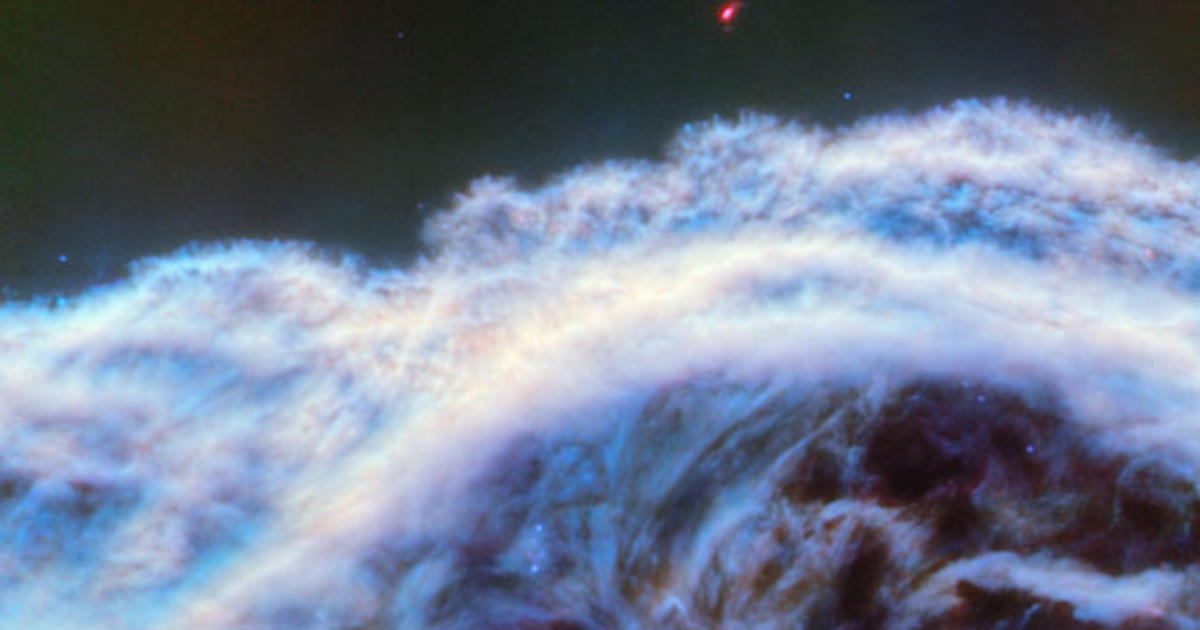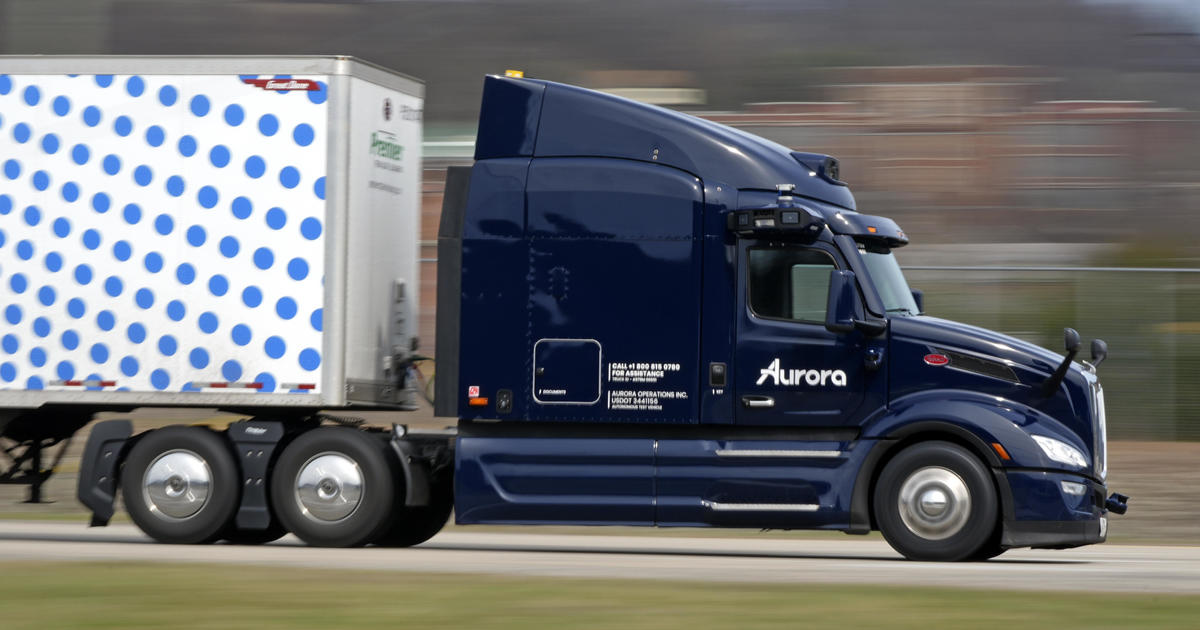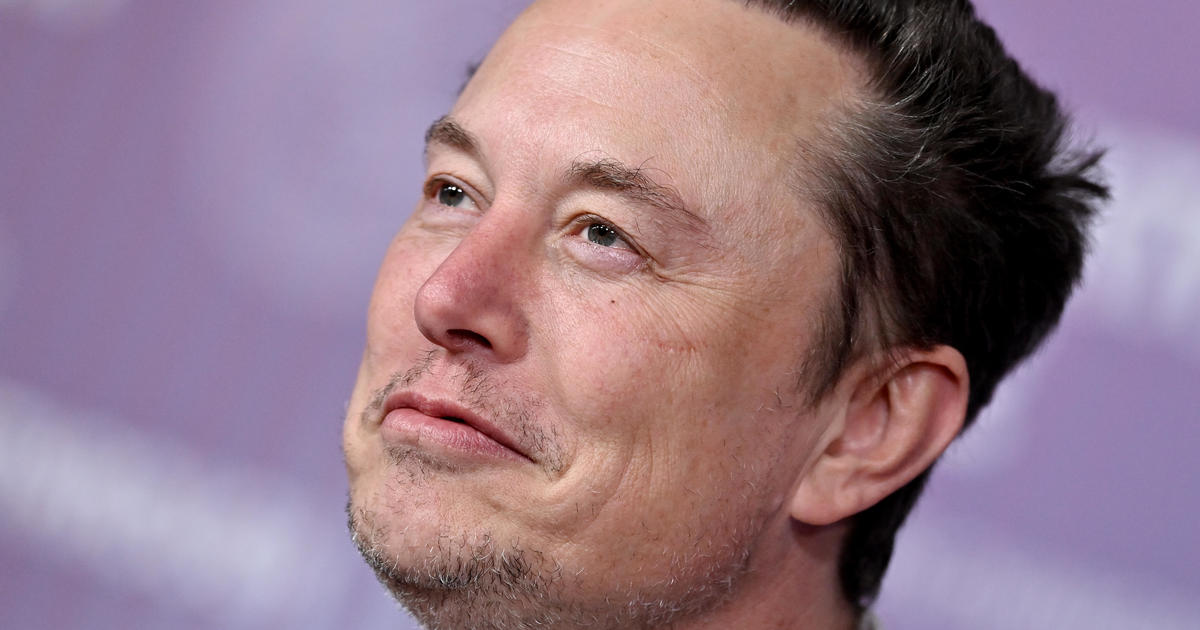Maiden flight of United Launch Alliance's Vulcan rocket slips to late this year
Engineers have pinned down the cause of a hydrogen leak that destroyed a Centaur upper stage last March during qualification testing for United Launch Alliance's new Vulcan rocket. A fix is being implemented that will delay the Vulcan's maiden flight to late this year, a company official said Thursday.
ULA CEO Tory Bruno said the March 29 test failure was caused by higher-than-expected pressures at a specific point in the upper dome of the 18-foot-wide Centaur's hydrogen tank, along with a weaker-than-predicted laser weld where two of the triangular panels making up the dome are joined at a 12-foot-long seam.
The mishap occurred during the 15th in a series of structural qualification tests designed to demonstrate the upgraded Vulcan Centaur will operate as designed regardless of different pressures and temperatures that might be encountered across a wide range of payload trajectory requirements.
Bruno told reporters the problem is being resolved by welding a ring of stainless steel around the top of the dome where the leak occurred, making that area more resistant to higher pressures. In addition, strips of stainless steel will be welded over the top two feet of the seams joining dome segments together.
The Vulcan is replacing ULA's workhorse Delta 4 and Atlas 5 rockets, which have launched scores of American national security satellites, communications stations and NASA science probes. Unlike the Atlas 5 with its Russian-built first-stage engines, the Vulcan features American-made engines and will cost much less than the Delta 4.
United Launch Alliance already has carried out a fueling test of the Vulcan at the Cape Canaveral Space Force Station, loading the first stage with methane and liquid oxygen propellants and the second stage with liquid hydrogen and oxygen. The company then test-fired the rocket's two BE-4 first-stage engines, provided by Jeff Bezos' Blue Origin.
The Vulcan's development "is essentially done," Bruno said. "All the components of the rocket, including the booster, have been fully qualified, with the exception of one single item, which is the qualification of the structure of the Centaur 5."
Work to beef up the Centaur will delay the maiden flight of the Vulcan, the first of two flights needed to certify the rocket for use launching national security payloads, to late this year.
That flight will launch Astrobotics' Peregrine robotic moon lander, two prototype Kuiper internet satellites for Blue Origin and cremated remains going up in a commercial Celestis memorial.
The second Vulcan flight, carrying Sierra Nevada's winged Dream Chaser cargo ship, is now expected in the first quarter of next year, Bruno said, followed a few months later by the first national security launch.
The Centaur used for the dress rehearsal countdown and engine test firing will be replaced by a beefed-up Centaur that originally was planned for the third Vulcan flight. The Centaur being prepared for the second Vulcan flight will be used to finish the qualification testing while another stage slated for the fourth Vulcan flight will replace the one that was destroyed.
"We have the root cause, we have the corrective action, the corrective action is low risk, straightforward," Bruno said. "I talked about vehicles one, two, three and four, there's another three behind that in the factory moving along apace right now. And that will allow us to fly before the end of the year, in quarter 4."
Bruno said a recent BE-4 engine failure during acceptance testing would have no impact on ULA's near-term launch schedule.
He said the engine in question had failed an initial test. After adjustments, a second test run was carried out, but "it didn't pass in a dramatic fashion." He said parameters monitored by a control computer were set too high and the engine was not shut down in time to prevent a catastrophic failure.
"We're still at the beginning of this," he said, "so you should expect to have situations like this where we'll have to tune them in. This doesn't indict the (BE-4) qualification at all. The two engines on flight one have passed this test, as have a dozen BE-4 rocket engines, all of which have been hot-fired and in total have accumulated over 26,000 seconds of operation.
"We're really confident in the design and workmanship of the assets that have passed acceptance. This is not unexpected," he said of the engine test. "It won't be the last."





